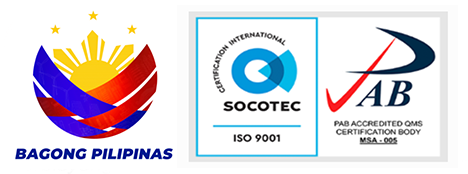
CALAPAN CITY, Oriental Mindoro (PIA) – The Department of Social Welfare and Development (DSWD) MIMAROPA identified the poorest of the poor in Oriental Mindoro through its recent conduct of Listahanan Third Round Assessment or Listahanan 3 in the province.
Based on the April 21, 2023 report of DSWD, exactly 41,473 households, or 21% of the total 195,599 assessed in the province are poor.
Listahanan is the government’s mechanism for identifying who and where the poor are, wherein 21% of the poor households reside in urban barangays and 79% of them are in rural barangays.
The report said that the areas with the highest magnitude of poor are Mansalay, Bulalacao, Bongabong, Naujan, and Pinamalayan.
At the barangay level, DSWD identified Panaytayan in Mansalay and Lisap in Bongabong to top the list with the highest number of poor households in the province.
In Oriental Mindoro, the Listahanan 3 assessment covered the two congressional districts, 14 towns, and one city provincewide with a total of 147 field workers and was completed in 2021 despite the COVID-19 pandemic.
According to Listahanan Regional Field Coordinator Ernie H. Jarabejo, Listahanan uses the Proxy Means Test (PMT), a statistical model that estimates household income through observable and verifiable indicators such as materials in housing structures, and households’ access to basic services and facilities such as water, electricity, health, education, and assets among others.
 Jarabejo emphasized that the PMT estimated income is compared to the existing poverty threshold set by the Philippine Statistics Authority (PSA) on which household incomes that fall below the provincial threshold are considered poor.
Jarabejo emphasized that the PMT estimated income is compared to the existing poverty threshold set by the Philippine Statistics Authority (PSA) on which household incomes that fall below the provincial threshold are considered poor.
The database of DSWD further shows the average household size among the poor in the province is four, most of them owning cell phones at 57%, television at 36%, and motorcycles at 21%.
In contrast, reports further stated that 35% of the poor households have no access to electricity and they are mostly found in the municipalities of Bulalacao and Mansalay.
Moreover, Listahanan data also revealed that in every 100 poor households, 30 have no toilet facilities and ways of depositing waste include open pit and pail systems.
On the other hand, of the total poor identified, it was reported that 29% of households belonged to the Indigenous People (IP) group mostly residing in Mansalay, Bulalacao, and Naujan. (LTC/PIA OrMin)
![]()


